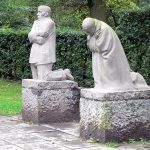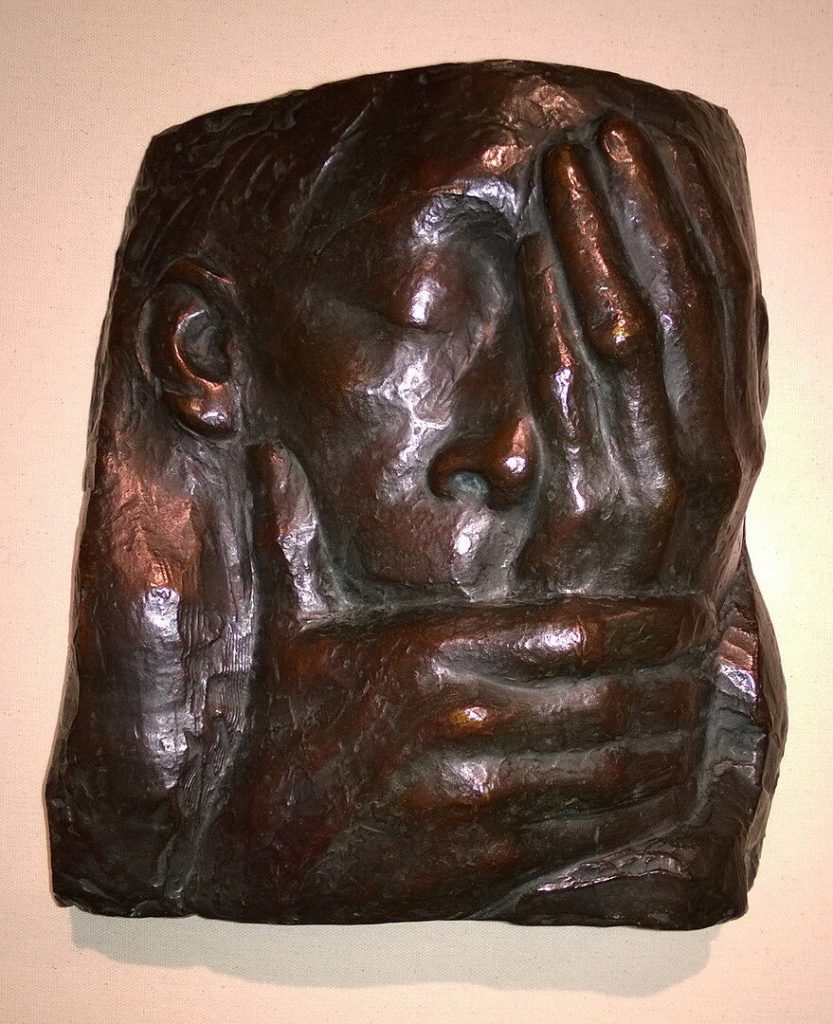
Käthe Kollwitz (1867–1945), a German artist, printmaker, and sculptor, stands as one of the most powerful and compassionate voices in the history of modern art. Born on July 8, 1867, in Königsberg, Prussia (now Kaliningrad, Russia), Kollwitz’s work reflects a deep empathy for the human condition, particularly the struggles of the working class and the impact of war on individuals and families.
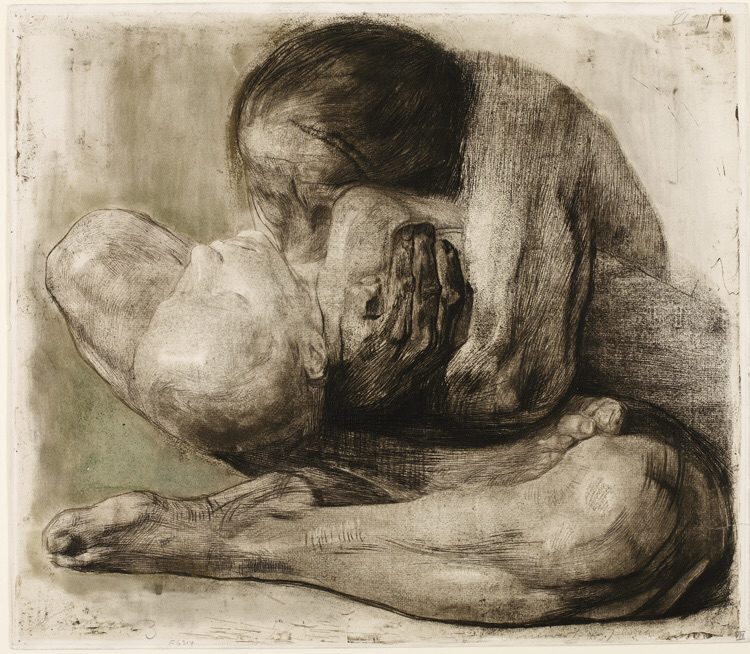
Kollwitz’s early artistic training began at the Berlin School of Art, where she studied under Karl Stauffer-Bern. Her early exposure to the German Realist movement, combined with her interest in the works of artists like Peter Paul Rubens and Francisco Goya, laid the foundation for her distinctive style and thematic focus.
Master of Graphic Arts
The artist’s oeuvre is characterized by a commitment to social and political themes, particularly the plight of the working class. Her print series “The Weavers” (1893) and “The Peasants’ War” (1902-1908) are powerful depictions of social injustice, poverty, and the human cost of political unrest. Kollwitz’s ability to convey the emotional weight of her subjects through the medium of printmaking established her as a master of the graphic arts.

Käthe Kollwitz’s work gained international recognition, and she became the first woman elected to the Berlin Academy of Arts in 1919. Her artistic contributions extended beyond prints to sculpture, where she explored themes of motherhood, loss, and mourning. The memorial she created for her son, Peter, who died in World War I, titled “The Grieving Parents,” is a poignant example of her ability to express profound emotions through sculpture.
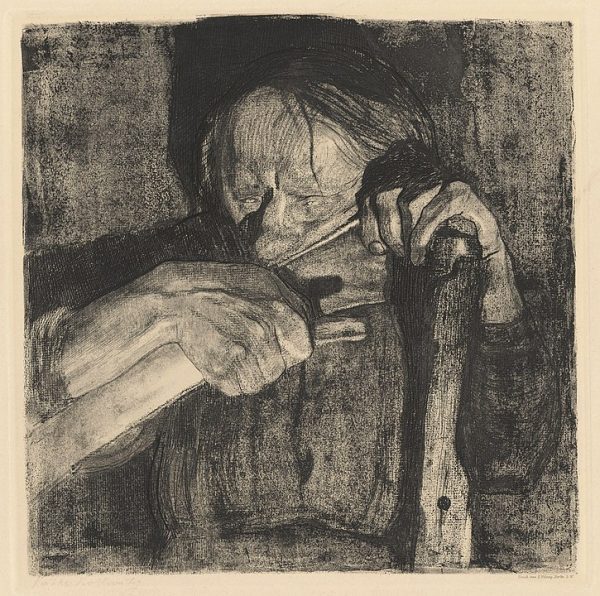
The impact of war deeply affected Kollwitz, and her anti-war sentiments found expression in works such as “The Sacrifice” (1920) and “The Volunteers” (1922-1923). These pieces conveyed the devastating consequences of conflict on individuals and families, echoing her personal experiences of loss and grief.
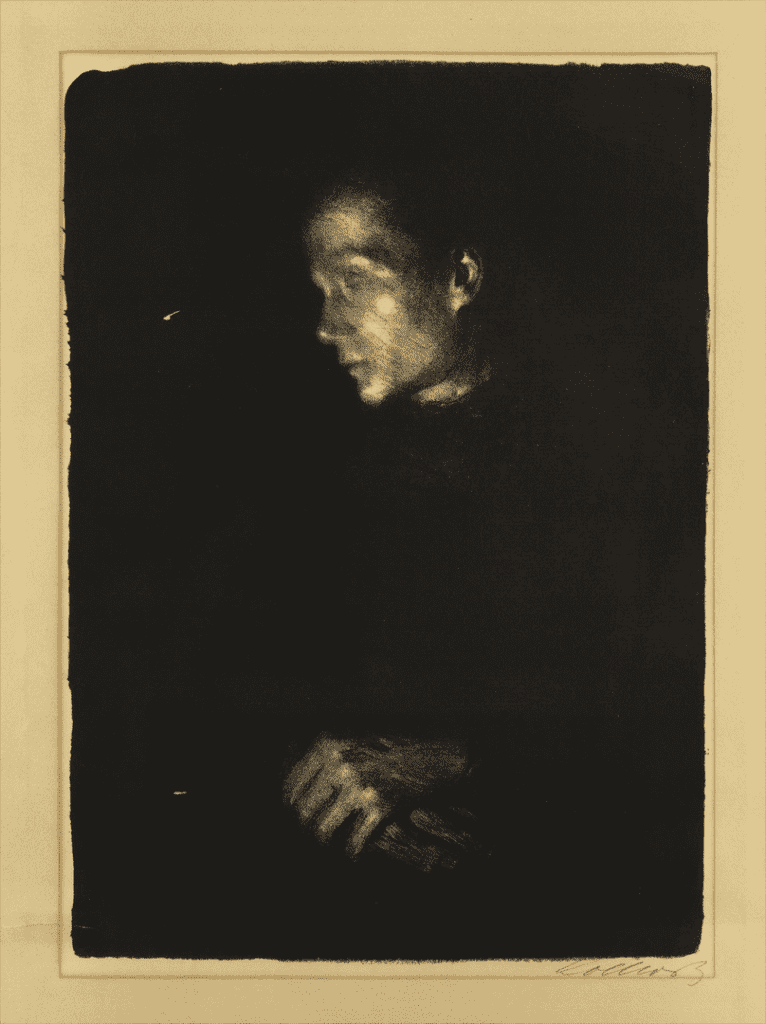
As the National Socialists rose to power in Germany, Kollwitz faced persecution due to her association with pacifist ideologies. Her works were labeled “degenerate,” and she was removed from her position at the Berlin Academy of Arts in 1933. Despite these challenges, Kollwitz continued to create art in seclusion, addressing themes of suffering, oppression, and resilience.
war’s and life’s end
Käthe Kollwitz passed away on April 22, 1945, just weeks before the end of World War II. Her life and work serve as a testament to the transformative power of art in conveying the human experience, especially in times of social and political upheaval.
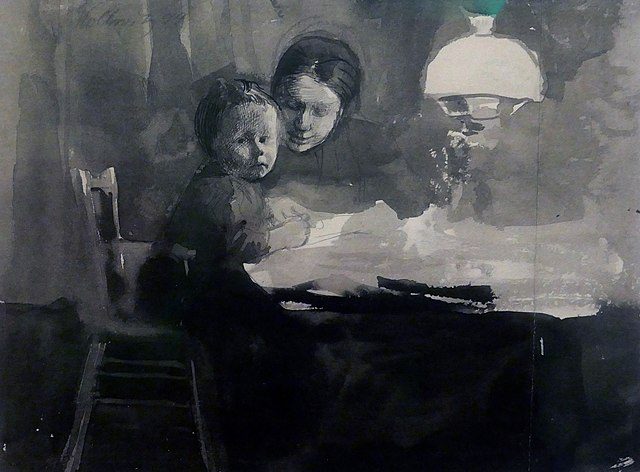
In conclusion, Käthe Kollwitz’s biography is a poignant narrative of an artist who used her talent to advocate for social justice and convey the depth of human emotions. Her prints and sculptures remain powerful reminders of the enduring impact art can have in bearing witness to the struggles and triumphs of humanity. Kollwitz’s legacy continues to inspire artists and viewers alike, reinforcing the belief that art can be a potent force for empathy, reflection, and social change.




